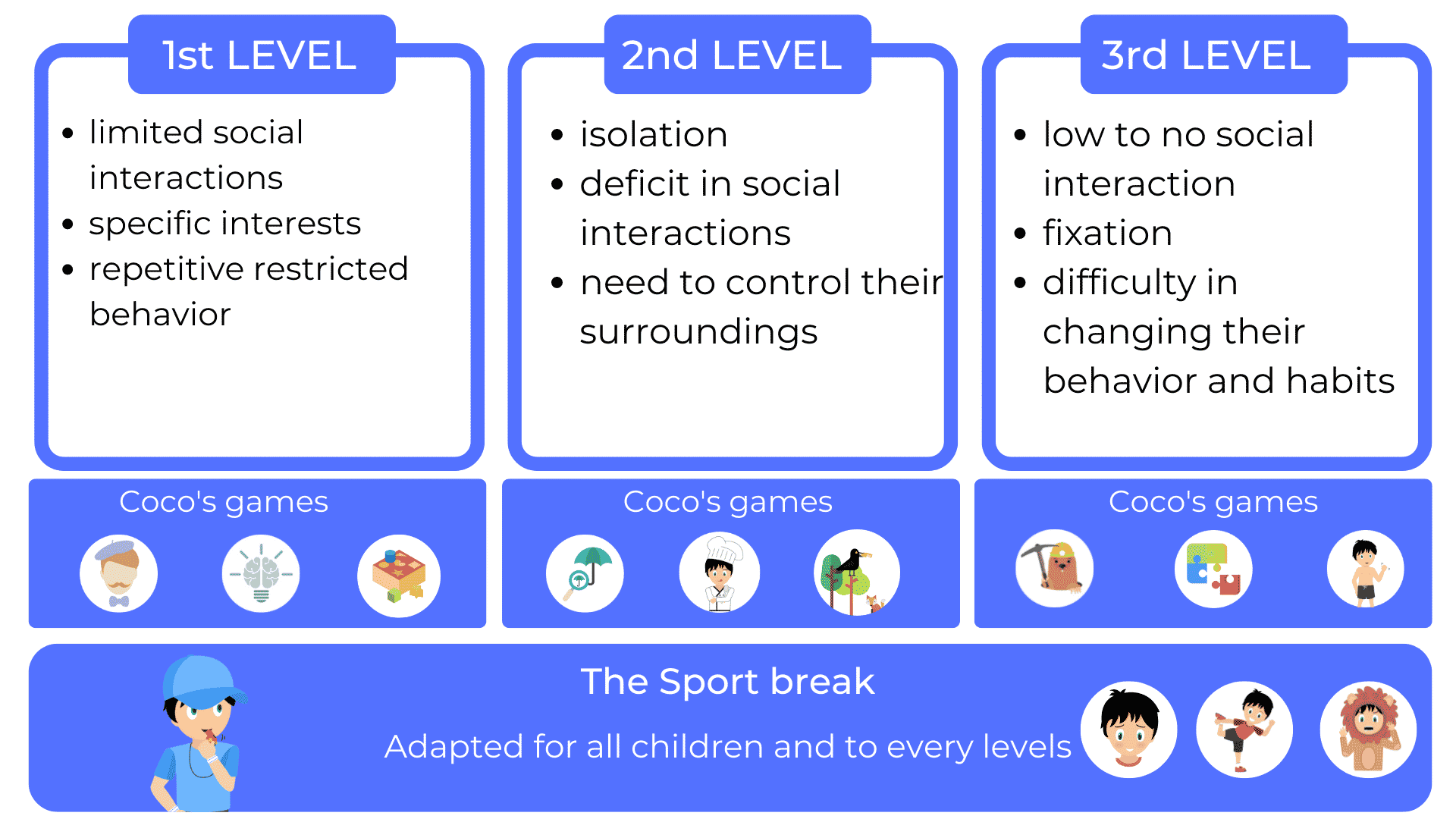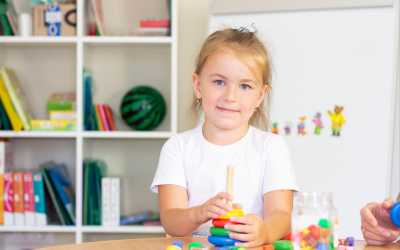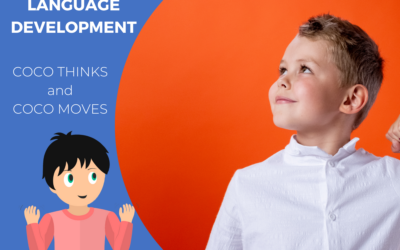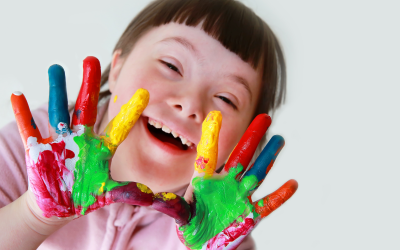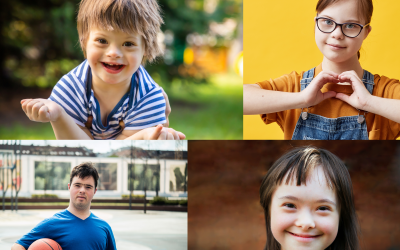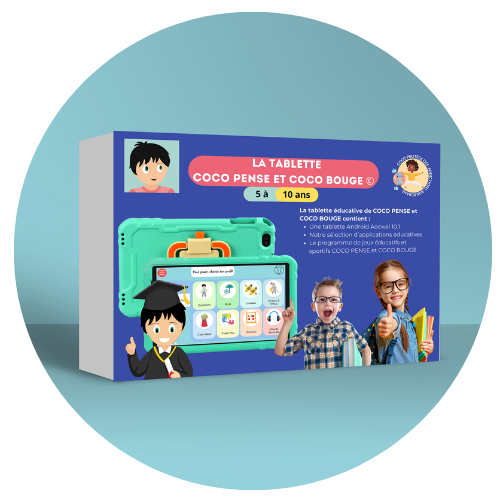Autism is a developmental disorder that affects communication and social interaction. Children with autism often have specific support and care needs. However, it’s also important to recognize the crucial role of siblings in the life of an autistic child. Siblings can play an essential role in the support and development of an autistic child. This article explores how to support siblings of children with autism to foster positive, balanced family relationships.
Siblings of children with autism can face unique challenges. They may feel worried, confused or frustrated by their autistic sibling’s behaviors and special needs. However, they also have incredible potential to support, teach and promote the inclusion of their autistic sibling.
When a child is diagnosed with autism, it can have an impact on the whole family. Siblings can find themselves in a tricky position, trying to understand and adapt to the specific needs of their autistic brother or sister. They may experience feelings of confusion, frustration, anger, sadness or isolation. That’s why it’s essential to provide adequate support to the siblings of autistic children to help them navigate this complex reality.
Family support
Family support plays a central role in the well-being of siblings of children with autism. Here are some strategies for providing adequate support:
Open and honest communication
Encourage open and honest communication within the family. It’s important for siblings to be able to express their feelings, concerns and needs. Hold regular family discussions to address the specific challenges of autism and find solutions together.

Awareness-raising and education
Inform siblings about autism. Explain the characteristics and behaviors associated with autism, as well as the different ways they can support their autistic sibling. Education fosters understanding and empathy, strengthening family ties.
It can be beneficial to invite health professionals who specialize in autism to provide additional information and answer siblings’ questions. This will help children better understand the disorder and develop strategies for interacting with their autistic sibling.
Individual time
Give individual time to each sibling, including the autistic child. It’s important to recognize and respond to each child’s individual needs. This will enable siblings to establish a one-to-one relationship with their autistic sibling and feel valued and supported.
Family activities
Organize family activities that allow all siblings to enjoy themselves and connect with each other. Choose activities adapted to each child’s interests and abilities. Family recreational activities strengthen bonds and foster positive relationships between siblings.
The role of siblings in education and development
Siblings can play a significant role in the education and development of children with autism. Here are a few ways they can contribute:
Encouraging inclusion
Encourage inclusion by involving siblings in the autistic child’s educational process. Ask for their help in learning activities, interactive games and communication exercises. This enables siblings to be active in supporting their autistic brother or sister, strengthening their relationship and promoting their development.
Promoting shared activities
Organize shared activities between siblings, taking into account everyone’s interests and abilities. Shared activities strengthen the bond between siblings and encourage cooperation and mutual learning.
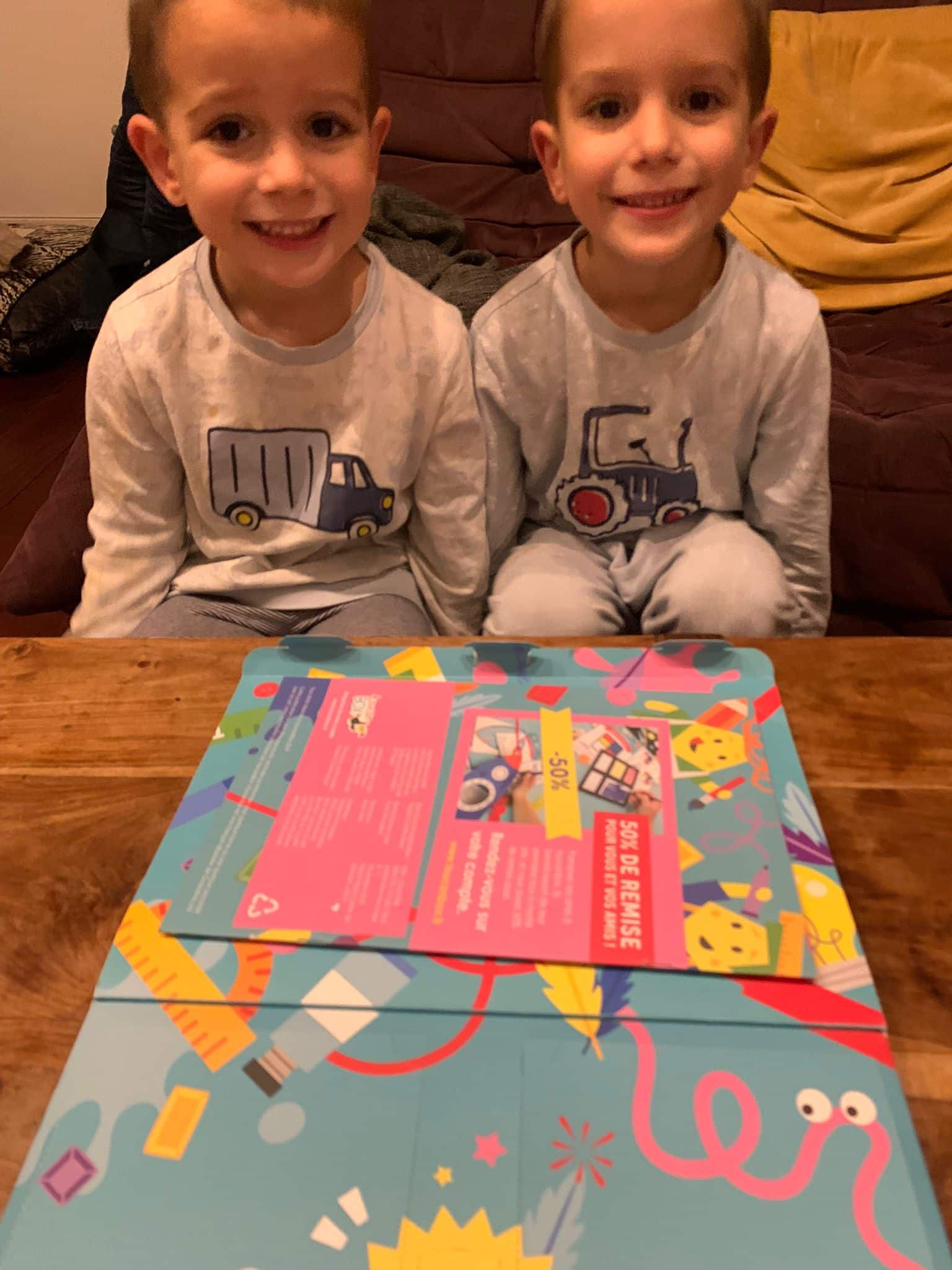
Valuing individual achievements
Recognize and value the individual achievements of each sibling. Celebrate everyone’s progress and successes fairly.
Promoting cooperation and mutual aid
Encourage cooperation and mutual aid between siblings. Foster mutual understanding and encourage them to work together to overcome everyday challenges. This reinforces the sense of belonging and strengthens family ties.
Supporting the siblings of autistic children is essential to fostering harmonious family relationships. By providing adequate family support, encouraging open and honest communication, fostering inclusion and valuing individual achievement, we can create a positive environment for all family members. The role of siblings in the life of an autistic child is invaluable, and by offering them the support they need, we contribute to their personal development and the strengthening of family ties.
COCO THINKS and COCO MOVES, educational and sports games
Today, COCO is an application used by autistic children either at home or with a healthcare professional, who may be a speech therapist, occupational therapist, psychologist or psychomotor therapist. All professionals wishing to subscribe to Coco can benefit from a web-based performance tracking platform. It is therefore possible to see the evolution and improvement of people with autism, and thus personalize their care.
Coco goes everywhere with you, because the application doesn’t need Wi-Fi to work, only for updates.
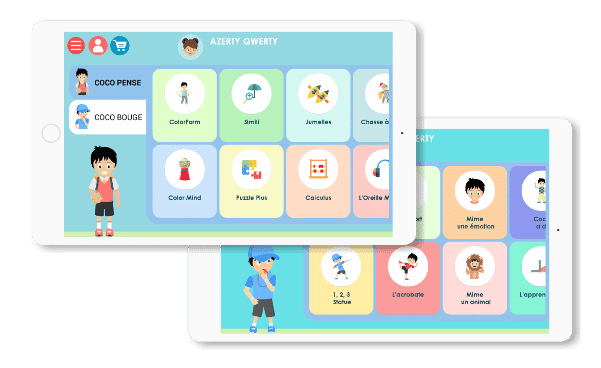
SPORTS BREAKS BENEFIT AUTISTIC CHILDREN
In COCO, you’ll also find physical activities. Every 15 minutes of screen time, the application stops and offers children physical games.
This sports break has many advantages for children, especially those with autism.
Screen use is very useful and loved by children, but prolonged use can become negative. With Coco, children can take a dynamic break, learning to let go of the tablet and engage in physical activity while having fun at the same time.
All our physical activities are designed with children in mind. With balance and dance games, children learn to know their bodies and adapt to their environment. For children with autism, this can be very useful for augmenting known motor patterns and for gaining a better sense of self (especially when there is hypo or hypersensitivity).
In Coco, there’s also the “mime an emotion” game, where the child has to reproduce the emotion shown on screen by Coco. Children can first learn to name emotions, to recognize them in themselves and then in others. What’s more, there’s an audio description in the game that explains the emotion and what you feel in your body.
In our educational application COCO, you can also learn to recognize your emotions with the game “Mime emotions”, in the COCO MOVES section. By clicking on the question mark, you will be able to learn the different emotions in order to better recognize them.
This game to mime emotions is also accessible as a break, every 15 minutes of screen. Every 15 minutes, children are asked to choose a physical activity for an active break. And you can also mime the emotions at that time!
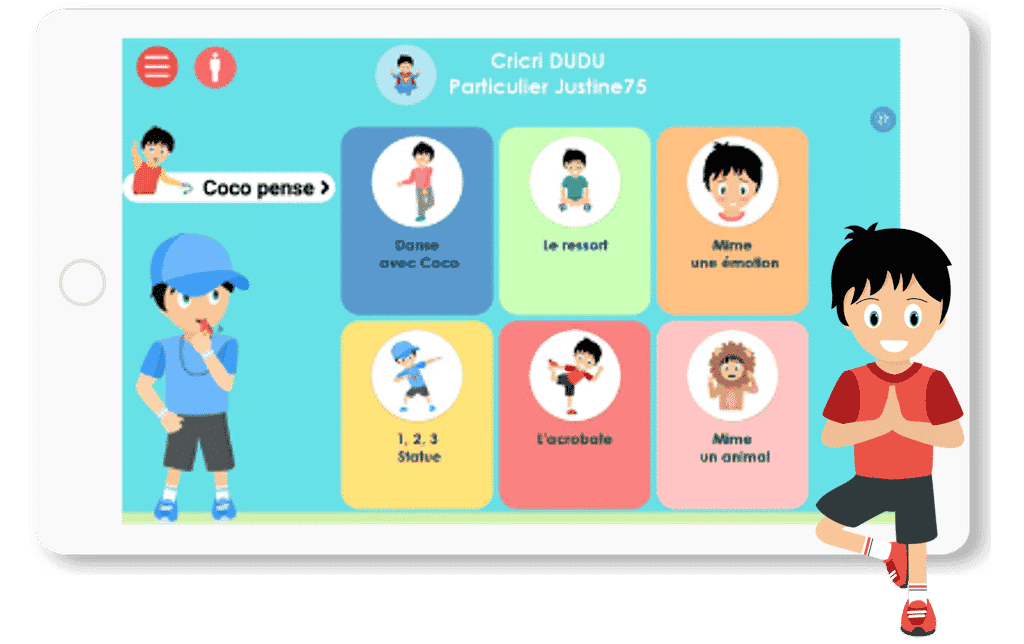
In our educational application COCO, you can also learn to recognize your emotions with the game “Mime emotions”, in the COCO MOVES section. By clicking on the question mark, you will be able to learn the different emotions in order to better recognize them.
This game to mime emotions is also accessible as a break, every 15 minutes of screen. Every 15 minutes, children are asked to choose a physical activity for an active break. And you can also mime the emotions at that time!


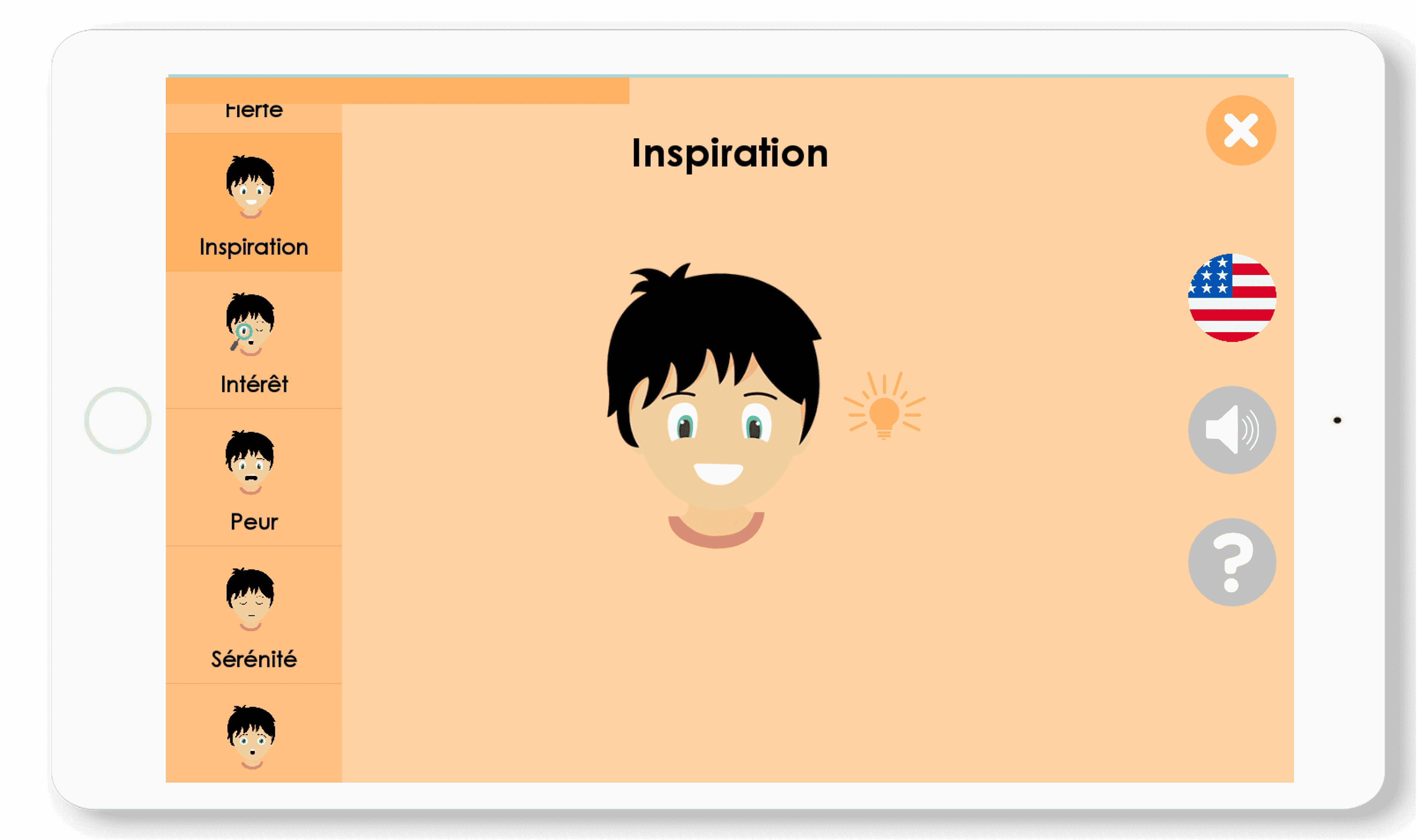
THE SURPRISE
Surprise means that you are surprised by a moment, a person or an object. Like an unexpected gift!
When you are surprised, you open your mouth and eyes wide.
THE CONFUSION
Confusion is being lost in our ideas because of an event for example. It is possible to make a mistake about the name of someone or something.
To mimic confusion, open your eyes wide, make a big “Hoo” with your mouth and raise your eyebrows.
INSPIRATION
Inspiration is the ability of our mind to imagine and create things like drawings, poems, stories.
For inspiration, we’ll squint our eyes, scratch our heads lightly with a smile and pretend to paint, write or draw.
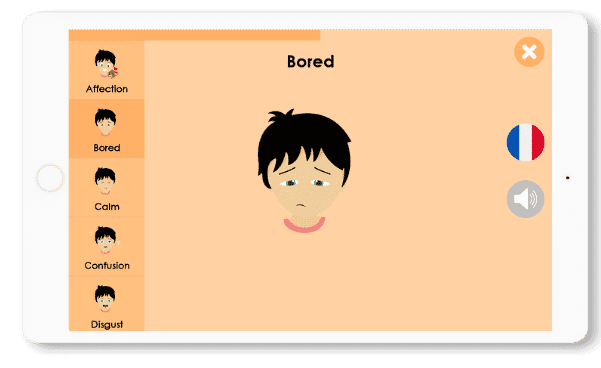

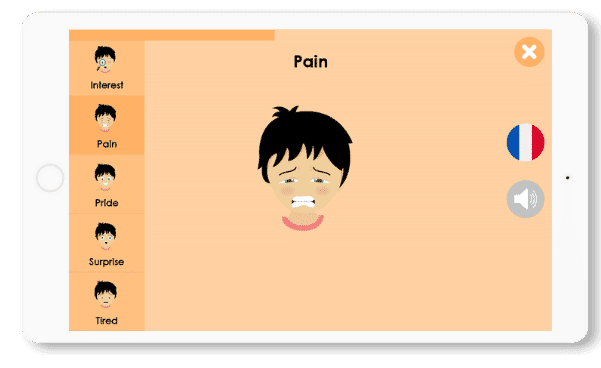
THE AFFECTION
Affection means to be touched, to have positive thoughts for a friend, family member or pet.
Here, we smile, we think about the good times, we can hug, kiss, tell a friend that we like him or her.
.
THE BOREDOM
Boredom is present when we are in a situation that does not interest us. You don’t want to listen to the person in front of you or you don’t want to do anything.
For boredom, we’ll blow hard, look up and look around.
THE PAIN
Pain is an unpleasant sensation that can hurt. It can hurt physically with an accident. Pain can also be a feeling of missing someone or something or sadness.
To express the pain we raise the eyebrows upwards, we bend the eyes and we make a grimace with the face.
Other articles that might interest you:
Supporting children with autism
Dynseo proposesSUPPORTING CHILDREN WITH AUTISM with COCO THINKS AND COCO MOVESDynseo and its team are very much...
Supporting DYS children with COCO THINKS and COCO MOVES
Dynseo proposesDYS disorders with COCO THINKS and COCO MOVESOur educational and pedagogical games program COCO THINKS...
Language development
Children communicate from birth with movements, crying, looking at each other or with smiles. After only a few months,...
Supporting children with Down Syndrome with Coco
Dynseo proposesDOWN SYNDROME with COCODown syndrome is a non-hereditary chromosomal abnormality that leads to the...
Supporting people after a stroke
Dynseo proposesStroke with CLINT, your brain training coachThe Dynseo team is very involved in helping people who have...
Supporting someone with Alzheimer’s
In this guide, we will detail how SCARLETT can be used for supporting someone with Alzheimer's. SCARLETT is a...
10 myths about the human brain you didn’t know
The brain is an incredible muscle, however there are many things we do not know, and what we do know is not always...
Using Digital Tools to Support Students with Special Educational Needs
Special Educational Needs (SEN) encompass a wide range of learning difficulties and disabilities that can hinder a...
Down Syndrome and Communication: Facilitating Interaction with Visual and Interactive Supports
When we think about Down syndrome, we often recognize it as a genetic condition that affects physical and cognitive...
How to Track Progress in People with Down Syndrome Using Digital Tools
Down syndrome, a genetic condition caused by the presence of an extra chromosome 21, affects approximately 1 in every...


